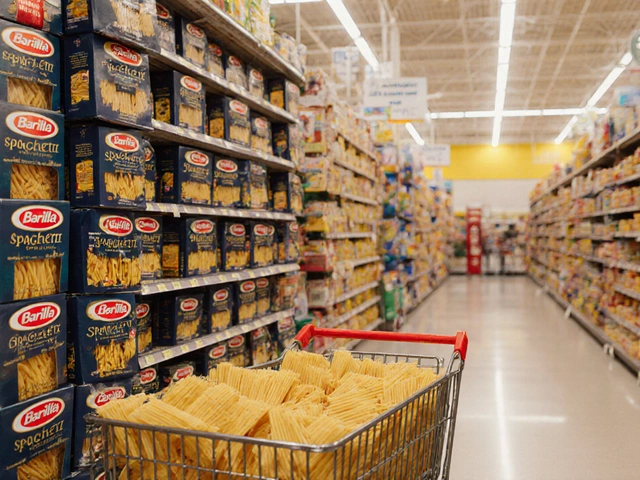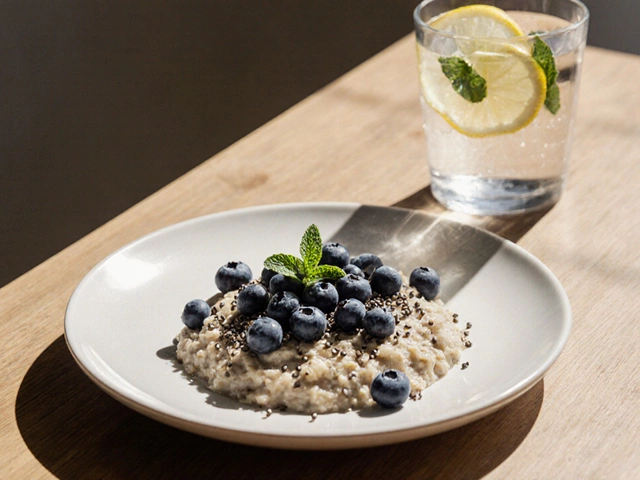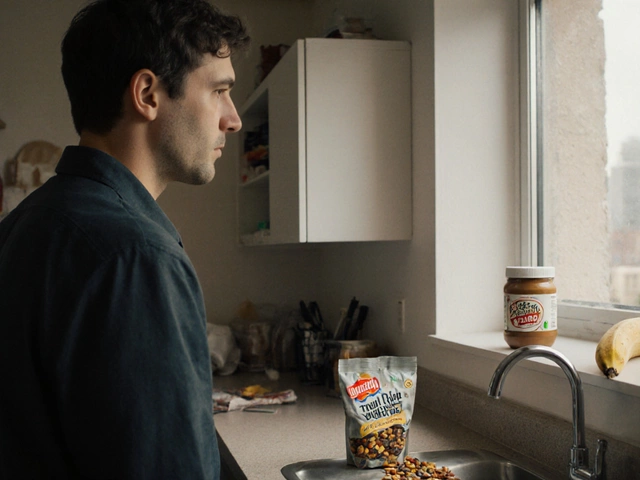Chicken Moisture: Simple Ways to Keep Chicken Juicy
Ever bite into a piece of chicken and wish it were a little more succulent? You’re not alone. Most home cooks end up with dry, bland chicken because the moisture slips away during cooking. The good news is that a few easy habits can lock in that natural juice and give you tender, flavorful meat every time.
Why Chicken Gets Dry
Chicken is mostly water, but heat pulls that water out fast. If you overcook or use a high temperature without a barrier, the proteins tighten up and squeeze the juice out. Also, most chicken sold at supermarkets is already a bit lean, so there’s less fat to protect the meat. Finally, cutting the chicken right after it’s done lets the steam escape, leaving the meat dry.
Easy Techniques for Moist Chicken
1. Brine it. Dissolve a tablespoon of salt in a cup of water, add a pinch of sugar if you like, and soak the chicken for 30 minutes to a few hours. The salt draws in water, and the meat holds onto it while cooking.
2. Use a dry rub with a bit of oil. When you rub the chicken with spices mixed with a little olive oil, the oil creates a thin barrier that slows moisture loss.
3. Cook at a moderate temperature. Instead of blasting the oven at 450°F, aim for 350°F and let the chicken finish cooking slowly. The gentle heat keeps the proteins from tightening too fast.
4. Try the “reverse sear.” Start the chicken in a low‑heat oven until it’s almost done, then finish with a quick high‑heat blast or a hot pan to get a crispy crust while the inside stays moist.
5. Rest before slicing. Let the cooked chicken sit for 5‑10 minutes. The juices redistribute and settle, so you don’t lose them on the cutting board.
6. Don’t over‑cook. Use a meat thermometer. Chicken is safe at 165°F (74°C). Pull it out a few degrees early; the residual heat will bring it to the perfect temperature while keeping it juicy.
7. Add moisture‑rich ingredients. Baking chicken with vegetables, broth, or a splash of citrus not only flavors the meat but also creates steam that helps keep it moist.
These steps are quick to add to your routine and don’t need fancy equipment. Whether you’re grilling, baking, or pan‑frying, the same principles apply. A little planning—like brining or checking the temperature—makes a huge difference.
Next time you prep chicken, pick one or two of these tricks and see the change. You’ll notice the bite is softer, the flavor richer, and the overall dish feels more satisfying. No more dry chicken nights—just tasty, juicy meat that makes every meal feel special.

Why Mayonnaise Keeps Chicken Moist: The Secret to Juicy Recipes
by Landon Weathers / 7 May 2025Mayonnaise is more than just a sandwich spread—it’s a game-changer for juicy chicken. This article breaks down exactly how mayo helps lock in moisture during cooking. Learn why it works, how to use it, and some fresh tips to get restaurant-quality results at home. You'll never look at a jar of mayonnaise the same way again. Plus, you'll find out some common mistakes home cooks make with chicken.




